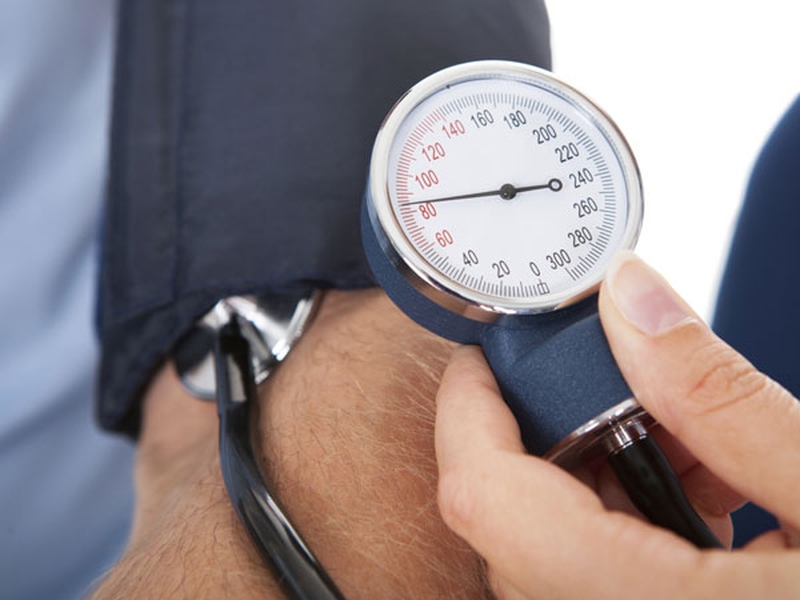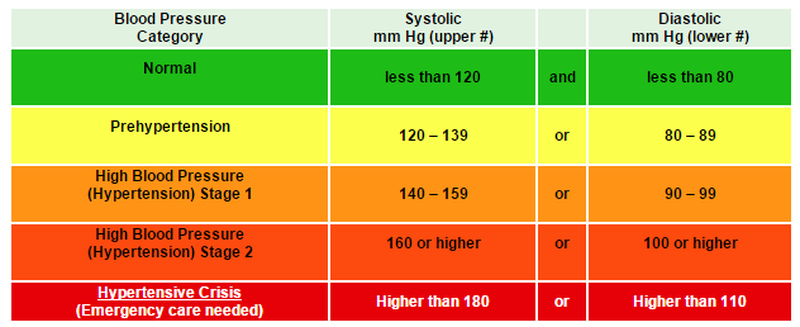Understanding blood pressure is confusing, and adding in medical terms like systolic, mm Hg or millimeters of mercury and diastolic, it becomes even more complicated. However, once these terms are better understood, you can better read and know more about your own blood pressure, and help you avoid and monitor dangerous blood pressure levels.

Blood Pressure Basics
Similar to a hydraulic system, the heart receives blood from the blood vessels which is then pumped in a pulsation action. The blood vessel primarily acts as pipes that connect the heart to the other organs in the body. The heart pushes the blood out when it contracts which exerts pressure on the blood vessels. This pressure is referred to as systolic pressure. When the heart is relaxed, blood flows in and the pressure on the blood vessels decreases. This pressure is referred to as diastolic pressure. The systolic pressure and diastolic pressure is measured in mm/Hg or millimeter of mercury.
Dangerous Blood Pressure Levels
As the chart indicates normal blood pressure is typically less than 120/80 mm Hg. If your levels are not around that number, then you might be at risk of abnormal blood pressure levels which is something you will want to pay attention to.
High Blood Pressure
An individual that has high blood pressure will have what is referred to as hypertension. Prehypertension will be present in individuals who have levels fall in 120-139/90-89 mm Hg numbers. Higher numbers indicate a presence of hypertension. Stage 1 hypertension will yield number that range from 140/90 to 159/99. Stage 2 hypertension will have levels which are higher than 160/100. If systolic levels are higher than 180 and diastolic levels are higher than 110, hypertensive crisis occurs and emergency medical attention must be needed.
When high blood pressure is left untreated, individuals can suffer from stroke, heart failure, coronary heart disease, heart attack, kidney failure, fluid in the lungs, angina and loss of function to any of the organs in the body as well as damage to the brain. However, high blood pressure does not present any symptoms that can indict a risk of severe effects, which is why blood pressure should be checked regularly. With certain medication and with a change in one's lifestyle and diet, blood pressure levels can be controlled well. But untreated high blood pressure, even stage 1 hypertension can cause damage to the arteries. Plaque can begin to build up as a result of this damage, blood clots can be more common and other damage to organs and tissues can occur. High blood pressure left untreated, no matter how minor, can result in dangerous ailments.
Low Blood pressure
Dangerous blood pressure levels are often not common when there is low blood pressure, but if the numbers drop below 90/60, it can become a problem. Low blood pressure can cause an individual to faint, become dizzy or enter into shock. Severe cases of low blood pressure can cause damage to the brain and heart since this usually means the body is not getting enough oxygen to perform normal functions. One of the most common consequences of low blood pressure is hypertensive shock which requires immediate medical attention.
Keep Normal Blood Pressure Levels
To maintain normal blood pressure levels, there are a number of things you can do to prevent high or low blood pressure levels that can turn into serious health problems.
Sodium intake should be kept at 1500 mg and should not exceed 2300 mg a day. And avoid adding additional salt to your foods.
Avoid processed foods which contain high amounts of sodium and offer little nutritional value.
Limit your caffeine intake which can have an effect on your blood pressure.
You can greatly reduce your risk of dangerous blood pressure levels by exercising regularly for 30 minutes a day.
Keep yourself at a healthy weight for your height and age. Even ten pound can have a huge impact on your blood pressure levels.
Reduce your stress by practicing yoga or meditating.
Limit your alcohol consumption or stop altogether.
Stop smoking and using tobacco products.
The older you get, the more important is is to take the steps to prevent high or low levels of blood pressure. People over 50 tend to have an increase in systolic pressure which can be even more a problem for those who also have diabetes. It is always recommended you talk to your doctor about how to keep your blood pressure at a healthy level.

View All Comments /Add Comment